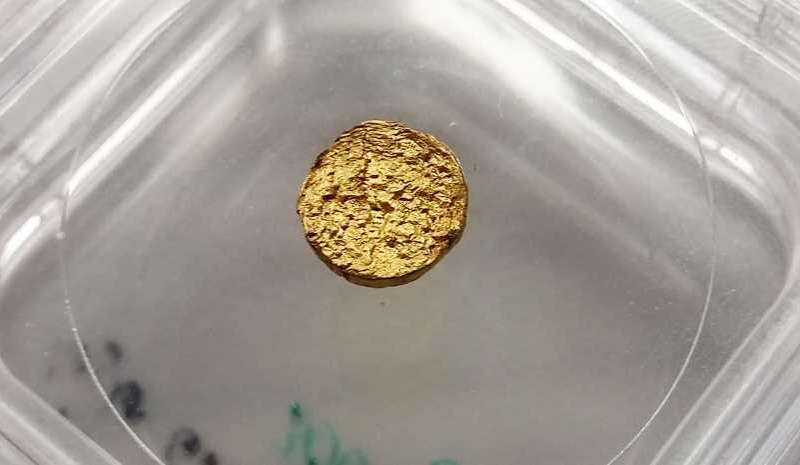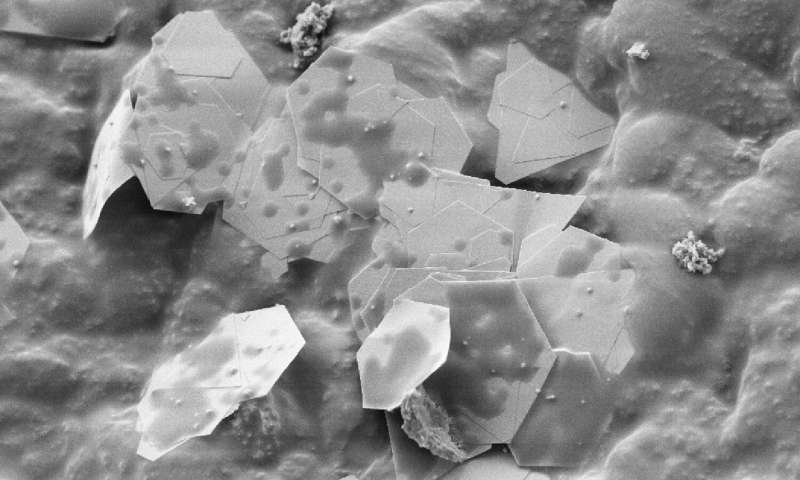
While jewelry crafted from gold can be gorgeous, even ardent fans will admit that wearing the heavy metal over long periods of time can get a little cumbersome and annoying. Now, researchers from Swiss university ETH Zurich have created a new form of lightweight gold that weighs five to ten times less than traditional 18-carat gold — which typically comprises 75 percent gold and 25 percent copper — but retains the same purity.
The researchers began by mixing gold nanocrystals with protein fibers, polymer latex, water, and salt to create a gel. They then replaced the water with alcohol and placed the gel inside a high-pressure carbon dioxide (CO2) chamber. The reaction between the gas and alcohol transformed the golden plastic into a light aerogel that could be heated to melt and mold into whatever form was needed. "This gold has the material properties of a plastic," says team leader Raffaele Mezzenga, professor of Food and Soft Materials at ETH Zurich.

In addition to being lighter, the "plastic" gold has other advantages over traditional forms. It can be melted into shape at about 105 degrees Celsius (221 degrees Fahrenheit), much lower than the 1,064 degrees Celsius (1,947 degrees Fahrenheit) required to melt pure 24-carat gold. The metal's firmness can be easily tweaked by changing the composition at the beginning of the process. It is also possible to vary the color by swapping the shape of the gold nanoparticles inside the matrix. For example, irregularly-shaped nanoplatelets will produce the conventional yellow shimmer, while spherical nanoparticles will result in gold with a violet hue. "As a general rule, our approach lets us create almost any kind of gold we choose, in line with the desired properties," says Mezzenga.
The researchers, who published their study in the journal Advanced Functional Materials on January 10, 2020, believe the new lightweight gold will be able to replace the metallic version in most traditional applications, including jewelry and watches. However, given that most buyers associate high-quality gold with weight, that may take some time. But the gleaming material will undoubtedly be beneficial for use inside electronic devices, chemical catalysts, and even radiation shielding.
Resources: newsatlas.com, phys.org, cnet.com
